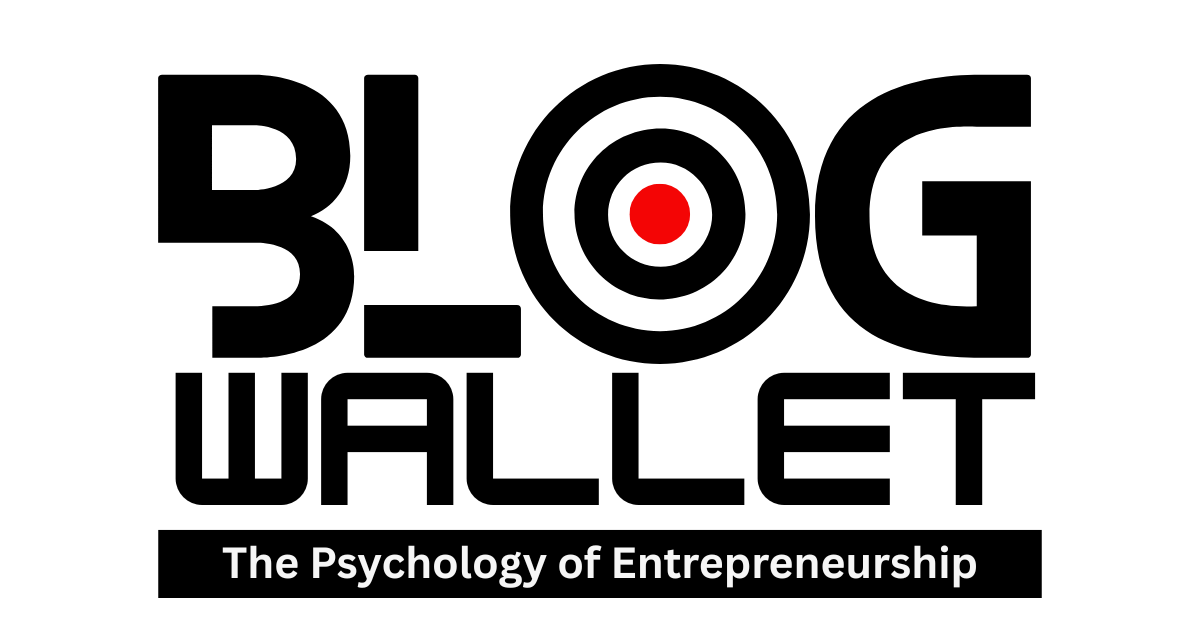In an increasingly digital world, the advancements in artificial intelligence (AI) are reshaping not only industries but also how we think and operate on a daily basis. A recent study from the Massachusetts Institute of Technology (MIT) has shed light on a fascinating—and somewhat concerning—aspect of this technological evolution: the reduction in brain activity among users engaged with large language models (LLMs). But what does this mean for us as we lean more heavily on AI in our personal and professional lives?
The research suggests that while AI tools can significantly enhance productivity, they may inadvertently lead to a decline in our cognitive engagement. According to the findings, participants who utilized LLMs exhibited less brain activity, indicating a reliance on these systems that could diminish our mental agility over time. This phenomenon raises crucial questions: Are we outsourcing our thinking to machines? And what are the long-term implications of this trend for knowledge workers, students, and anyone who regularly interacts with AI?
While the study’s limitations include a small sample size, the implications are nonetheless significant. The researchers noted that, even after using LLMs, participants displayed reduced mental activity in subsequent tasks. This could suggest a long-term dependency on AI for problem-solving, potentially stunting critical thinking skills essential in today’s fast-paced environment. For investors, this could signal a shift in workforce capabilities and productivity metrics, influencing the way companies approach training and development.
Consider the broader market context: As AI adoption accelerates across sectors, the potential for enhanced efficiency is enormous. Companies are increasingly investing in AI-driven tools to streamline operations and reduce costs. However, if the workforce becomes overly reliant on these technologies, we might see a paradoxical effect where productivity gains are offset by a decline in human cognitive skills. This could lead to a talent shortage in critical thinking and problem-solving roles, areas that are not easily automated.
Furthermore, the implications extend beyond individual companies to entire industries. Sectors that rely heavily on creative and analytical roles may need to rethink their training approaches, focusing not only on AI integration but also on cultivating human skills that machines cannot replicate. Financial institutions, for example, might invest more in employee development programs that emphasize analytical thinking and adaptability, ensuring that their workforce remains competitive in an AI-dominant landscape.
As investors, it’s essential to stay ahead of these trends. Understanding how companies adapt to the integration of AI will be crucial for making informed decisions. Look for firms that are not only adopting AI but are also fostering a culture of continuous learning and critical thinking among their employees. These companies are likely to thrive even as the landscape changes.
In conclusion, while AI presents remarkable opportunities for enhancing productivity, it is essential to remain vigilant about its potential downsides. The findings from MIT’s study highlight the importance of balancing AI use with cognitive engagement to maintain a skilled and adaptable workforce. As you consider your investment strategy, focus on companies that prioritize human capital development alongside technological advancement. This approach will not only safeguard their future but also protect your investment.
Source: AI News




